![Volunteers distribute emergency food aid in the flood-stricken Rongjiang county, Southwest China's Guizhou province, June 29, 2025. [Photo/Xinhua]](http://image.cns.com.cn/ecns_editor/crawl/20250705/GwOz-hesxvny3999134.jpg) Volunteers distribute emergency food aid in the flood-stricken Rongjiang county, Southwest China's Guizhou province, June 29, 2025. [Photo/Xinhua]
Volunteers distribute emergency food aid in the flood-stricken Rongjiang county, Southwest China's Guizhou province, June 29, 2025. [Photo/Xinhua]China has intensified its efforts to build a disaster prevention and control system for droughts and floods in response to more extreme weather events brought about by global warming, officials said on Friday.
"The global trend of climate warming is evident with China being a region sensitive to changes and significantly impacted. In recent years, more frequent, intense and widespread extreme weather events have led to more abrupt, severe and abnormal disasters such as heavy rainfall, floods and droughts," Chen Min, vice-minister of water resources, said at a news conference in Beijing.
As of 8 am on Friday, a total of 329 rivers have reported water levels exceeding flood control alert thresholds, with extreme heavy downpours leading to disasters such as mountain floods, landslides and urban waterlogging in certain areas, Chen said.
In response to new circumstances, China unveiled guidelines last month ahead of the country entering the main flood season, proposing accelerated construction of a new pattern for flood control and disaster reduction in the river basins by adhering to the principles of putting people first and emphasizing systematic and bottom-line thinking. The guidelines also indicated that China aims to significantly improve flood control capabilities by 2035, with a modernized river basin flood control and disaster reduction system largely in place.
With the entire country entering this year's main flood season, characterized by regional and sequential occurrences of droughts and flood disasters, Chen stressed that the ministry has ramped up efforts to prevent casualties, dam collapses and breaches in vital embankments, as well as minimize the impact on critical infrastructure.
Efforts have been made to prioritize synergy between river basins and regions, along with the integration of engineering and nonengineering solutions, aimed at improving resilience to climate change and strengthening preparedness for extreme rainstorms.
This includes optimizing flood control engineering system encompassing reservoirs, river channels, embankments and flood detention areas, as well as strengthening the active control capacity over floods by comprehensively utilizing measures such as flood storage, flood detention, flood discharge and flood drainage.
"The country has made overall plans for the construction of water networks, which include major projects targeting at flood control and water supply in the river basins," said Zhang Xiangwei, director of the ministry's planning department.
Zhang cited that the newly established 24 large-scale reservoirs, including the Datengxia water resources management facility in the Pearl River Basin and the Dashimen facility in the Xinjiang Uygur autonomous region, have collectively increased water supply ability of 3.46 billion cubic meters and flood control capacity by 2.66 billion cubic meters. Moreover, the ongoing construction of 31 water basin flood control projects and key water resources projects is expected to raise an additional 4.9 billion cubic meters of water supply capacity and 3.67 billion cubic meters of the flood control capacity.
Acknowledging the importance of major conservancy projects on river management, Guan Xifan, an official of the rural economy department of the National Development and Reform Commission, said central investment will be put in place in a timely manner to ensure the project's construction, and efforts will be made on maintenance to promote their long-term stability.
The importance of employing a digital twin hydraulic system was emphasized by Chen in enhancing the coordinated management of these engineering solutions. This system enables the dynamic simulation of flood scenarios, continual refinement of scheduling plans, and the coordination of flood control engineering systems in a systematic, scientific, secure and precise manner.
In addition, Chen emphasized the need for an enhanced monitoring and forecasting system for rainfall, as well as an optimized distribution of meteorological and hydrological monitoring stations. This will help improve rainfall forecasts, early warnings, simulations and contingency planning, thereby extending the lead time for forecasting and improving the accuracy of flood disaster predictions.
Specifically, the country's hydrological monitoring stations have increased from 70,000 in 2012 to 130,000 this year, with flooding forecast precision exceeding 90 percent for major rivers in the south and 70 percent for major rivers in the north, Wang Baoen, vice-minister of water resources, said in a recent interview with Outlook Weekly news magazine.










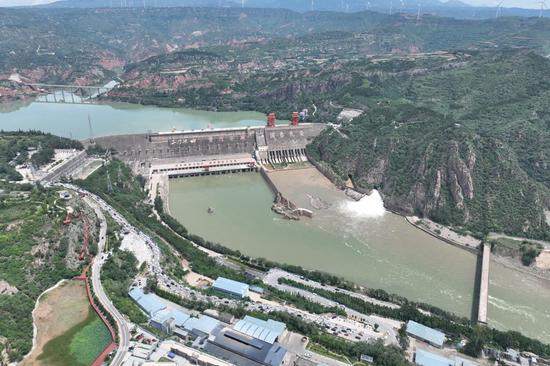




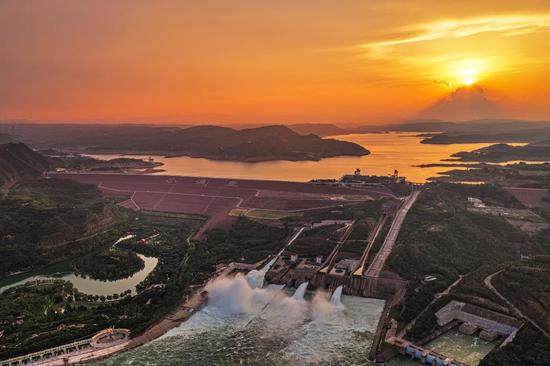






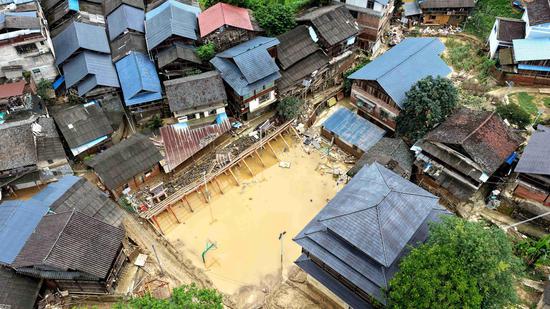










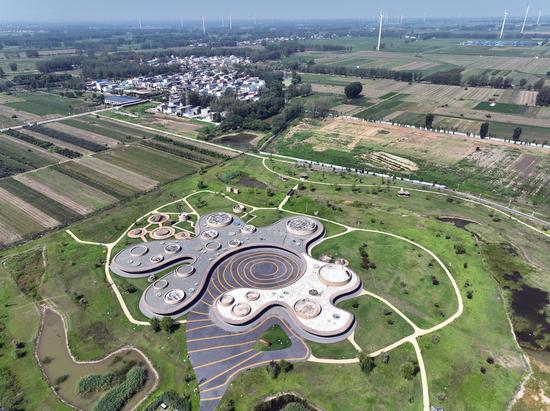




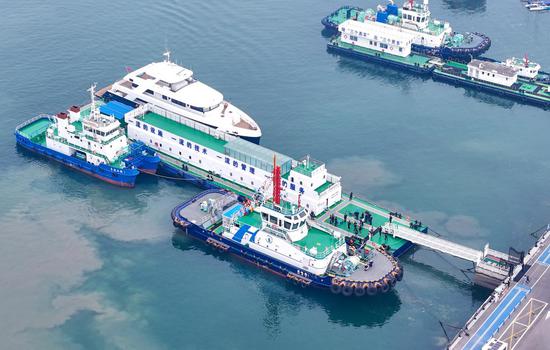











 京公網(wǎng)安備 11010202009201號(hào)
京公網(wǎng)安備 11010202009201號(hào)